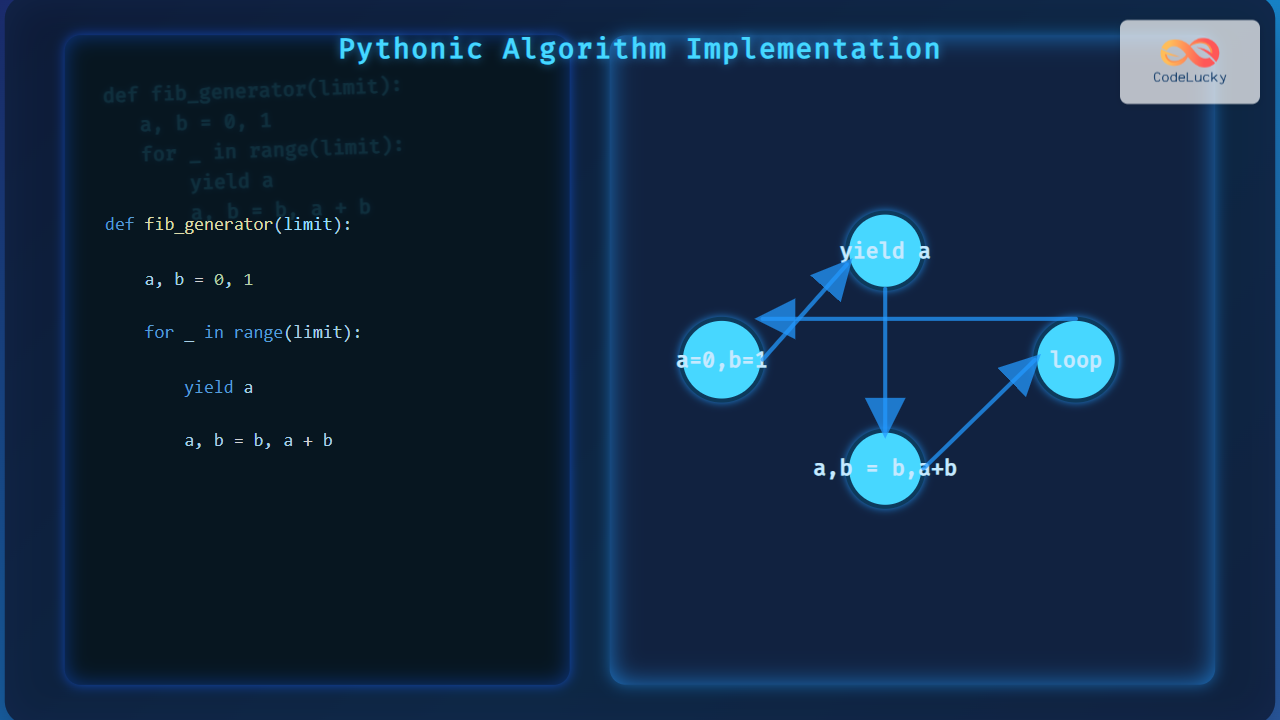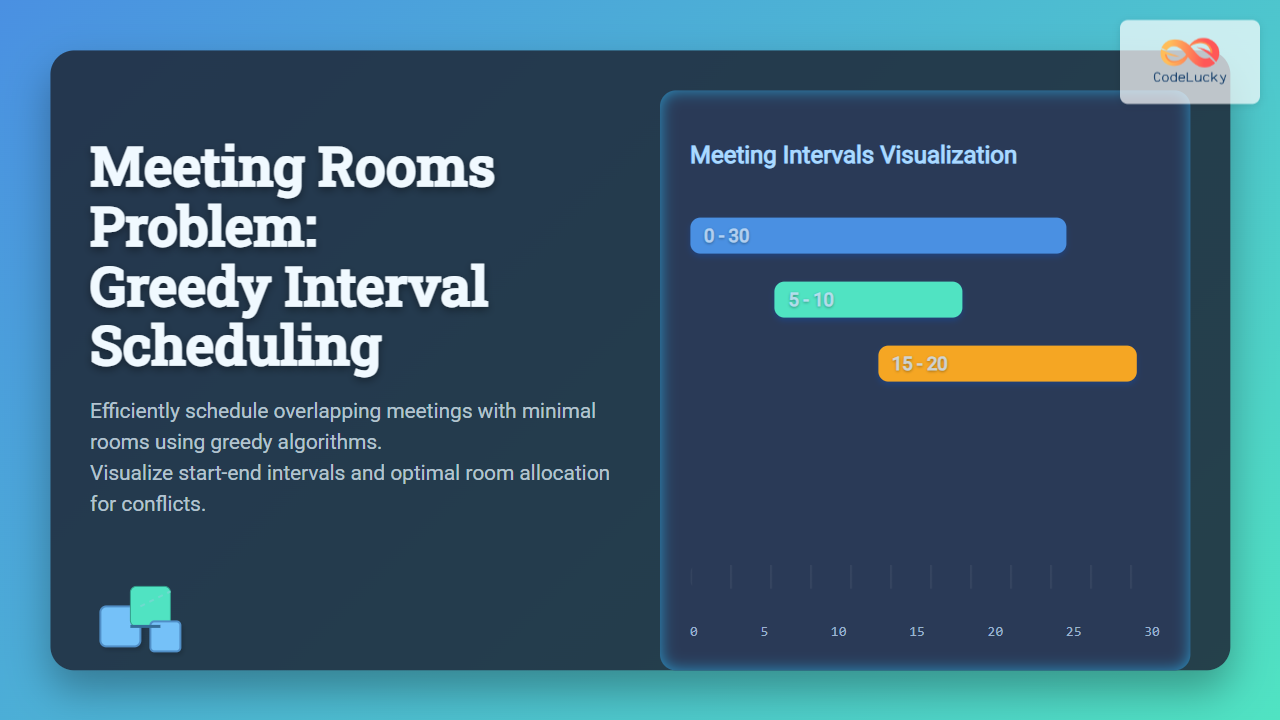In the world of programming, errors are inevitable. Whether it's a user inputting unexpected data, a file not being found, or a network connection failing, your Python code needs to be prepared to handle these situations gracefully. This is where the try...except statement comes into play, offering a powerful mechanism for error handling in Python.
Understanding the Basics of Try…Except
The try...except block is Python's way of catching and handling exceptions. Its basic structure looks like this:
try:
# Code that might raise an exception
risky_operation()
except:
# Code to handle the exception
print("An error occurred")
When you wrap code in a try block, you're essentially telling Python, "Try to run this code, but be prepared for something to go wrong." If an exception occurs within the try block, the program flow immediately jumps to the except block, where you can define how to handle the error.
🚀 Pro Tip: Always be specific about which exceptions you're catching. Using a bare except clause can mask errors and make debugging difficult.
Catching Specific Exceptions
Python allows you to catch specific types of exceptions, which is generally a better practice than using a catch-all except clause. Here's how you can do it:
try:
number = int(input("Enter a number: "))
result = 10 / number
print(f"10 divided by {number} is {result}")
except ValueError:
print("That's not a valid number!")
except ZeroDivisionError:
print("You can't divide by zero!")
In this example, we're handling two specific exceptions:
ValueError: Raised when the user inputs something that can't be converted to an integer.ZeroDivisionError: Raised when the user inputs zero, which would cause a division by zero error.
By catching these specific exceptions, we can provide more informative error messages to the user.
The Else Clause
The try...except statement in Python can also include an else clause. This clause is executed if the try block completes without raising an exception. It's a great place to put code that should only run if no exceptions occurred:
try:
file = open("important_data.txt", "r")
content = file.read()
except FileNotFoundError:
print("The file doesn't exist!")
else:
print(f"File contents: {content}")
file.close()
In this example, we only want to print the file contents and close the file if it was successfully opened and read. The else clause helps us achieve this cleanly.
🔍 Did You Know? The else clause in a try...except statement is unique to Python and isn't found in many other programming languages.
The Finally Clause
Sometimes, you need to execute code regardless of whether an exception was raised or not. This is where the finally clause comes in handy:
try:
connection = establish_database_connection()
perform_database_operation()
except DatabaseError:
print("A database error occurred")
finally:
connection.close() # This will always execute
The finally block is executed no matter what happens in the try and except blocks. It's often used for cleanup operations, like closing files or network connections.
Raising Exceptions
While try...except is used to handle exceptions, sometimes you need to raise exceptions yourself. Python's raise statement allows you to do this:
def divide(a, b):
if b == 0:
raise ValueError("Cannot divide by zero")
return a / b
try:
result = divide(10, 0)
except ValueError as e:
print(f"An error occurred: {e}")
In this example, we're raising a ValueError with a custom message when someone tries to divide by zero. This allows us to create more meaningful error messages and control the flow of our program.
Exception Chaining
Sometimes, you might want to catch an exception and raise a different one, while still preserving the original error information. Python 3 introduced exception chaining for this purpose:
try:
int("Not a number")
except ValueError as e:
raise RuntimeError("A runtime error occurred") from e
This will raise a RuntimeError, but the original ValueError will be attached to it, providing a full traceback of what went wrong.
Creating Custom Exceptions
While Python provides a wide range of built-in exceptions, sometimes you need to define your own for application-specific errors:
class InsufficientFundsError(Exception):
def __init__(self, balance, amount):
self.balance = balance
self.amount = amount
super().__init__(f"Insufficient funds: balance is {balance}, tried to withdraw {amount}")
def withdraw(balance, amount):
if amount > balance:
raise InsufficientFundsError(balance, amount)
return balance - amount
try:
new_balance = withdraw(100, 150)
except InsufficientFundsError as e:
print(f"Error: {e}")
print(f"Current balance: {e.balance}")
print(f"Attempted withdrawal: {e.amount}")
Custom exceptions allow you to create more descriptive and application-specific error handling.
Best Practices for Using Try…Except
- Be Specific: Catch specific exceptions rather than using bare
exceptclauses. - Don't Swallow Exceptions: Avoid empty
exceptblocks that silently ignore errors. - Log Exceptions: In production code, log exceptions for later analysis.
- Clean Up Resources: Use
finallyor context managers to ensure resources are properly released. - Keep Try Blocks Small: Only wrap the specific code that might raise an exception.
Advanced Try…Except Techniques
Multiple Exception Handling
You can handle multiple exceptions in a single except clause:
try:
# Some risky operation
pass
except (TypeError, ValueError, ZeroDivisionError) as e:
print(f"An error occurred: {e}")
Exception Objects
Exception objects often contain useful information. You can access this by assigning a name to the exception:
try:
with open("nonexistent_file.txt", "r") as file:
content = file.read()
except FileNotFoundError as e:
print(f"Error details: {e}")
print(f"Error number: {e.errno}")
print(f"Error filename: {e.filename}")
Using sys.exc_info()
For more detailed exception information, you can use sys.exc_info():
import sys
try:
1 / 0
except:
exc_type, exc_value, exc_traceback = sys.exc_info()
print(f"Exception type: {exc_type}")
print(f"Exception value: {exc_value}")
print(f"Traceback: {exc_traceback}")
This can be particularly useful for logging or debugging complex exception scenarios.
Try…Except in Context Managers
Context managers (using the with statement) can simplify exception handling for resource management:
class DatabaseConnection:
def __enter__(self):
self.conn = establish_connection()
return self.conn
def __exit__(self, exc_type, exc_val, exc_tb):
self.conn.close()
if exc_type is not None:
print(f"An error occurred: {exc_val}")
return False # Propagate the exception
with DatabaseConnection() as conn:
perform_database_operation(conn)
This ensures that the database connection is always closed, even if an exception occurs.
Conclusion
Mastering try...except in Python is crucial for writing robust, error-resistant code. By understanding how to catch, handle, and raise exceptions effectively, you can create programs that gracefully manage unexpected situations, providing a better experience for your users and easier maintenance for developers.
Remember, the goal of exception handling isn't just to prevent your program from crashing. It's about maintaining control over your program's flow, providing meaningful feedback, and ensuring that resources are properly managed even when things go wrong.
As you continue to develop your Python skills, make error handling with try...except a fundamental part of your coding practice. It's an investment that will pay off in more reliable, maintainable, and professional code.
🏆 Challenge: Try creating a program that reads user input, performs calculations, and writes results to a file. Use try...except blocks to handle various potential errors, such as invalid input, file I/O issues, and calculation errors. This exercise will help solidify your understanding of robust error handling in Python.












